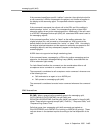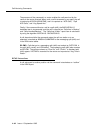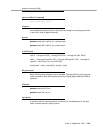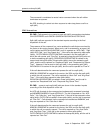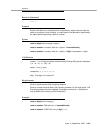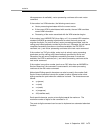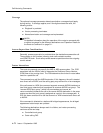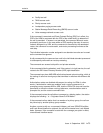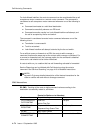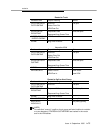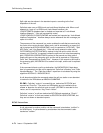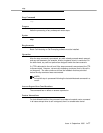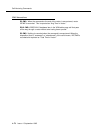
route-to
Issue 4 September 1995
A-71
idle appearance is available), vector processing continues at the next vector
command.
If the number is a VDN extension, the following events occur:
■ Vector processing terminates within the current vector.
■ If the current VDN is administered with override, the new VDN overrides
current VDN information.
■ Processing of the vector associated with the VDN extension begins.
If the number is an AAR/ARS FAC plus digits, or if it is a remote UDP extension,
standard AAR/ARS processing is performed to select the trunk group and
outpulse the digits. If a trunk is seized, vector processing terminates, and the
calling party hears feedback provided by the far end. Otherwise, the call cannot
complete successfully (because no trunks are available, the FRL/COR is
restricted, etc.), and vector processing continues at the next vector command.
If the number is a TAC plus digits, and a trunk is seized, vector processing
terminates, and the calling party hears feedback provided by the far end.
Otherwise, the call cannot complete successfully (because no trunks are
available, the COR is restricted, etc.), and vector processing continues at the
next vector command.
If the number is any other number (such as an FAC other than an AAR/ARS or
Service Observing), the command is unsuccessful, and vector processing
continues at the next vector command.
Abbreviated Dialing special characters can also be used in the number field.
Each of these characters instructs the system to take a different action when
dialing reaches the point where the character is stored. The characters are as
follows:
■
~p
(pause)
■
~w
(wait)
■
~m
(mark)
■
~s
(suppress)
■
~
W (indefinite wait)
Each special character counts as two digits towards the maximum. The
maximum number of digits for the command is 16.
The
route-to digits
command can be used to implement an automated attendant
function.



